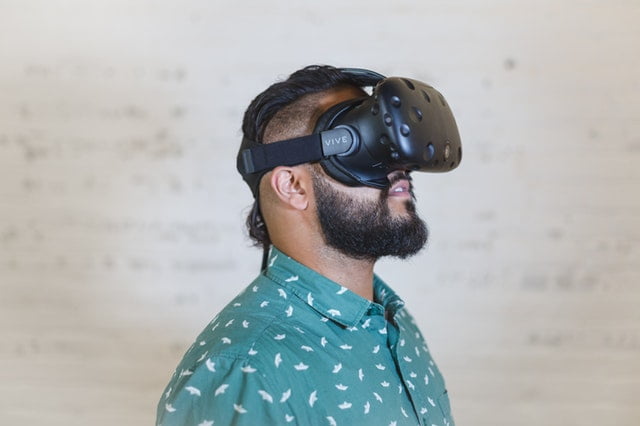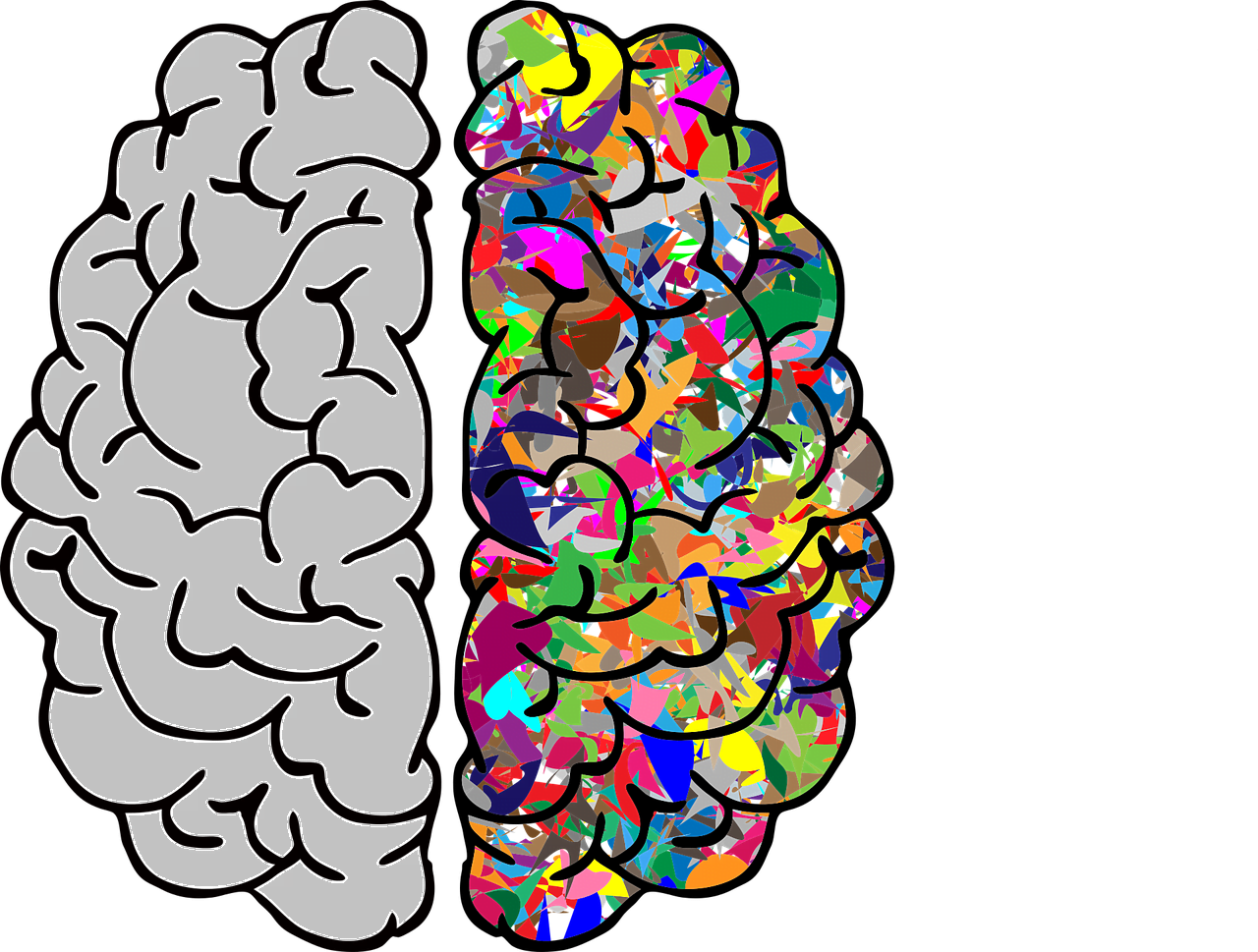Advancements with technology inputs have given us new opportunities to interact with computers and the digital world. Did you know a computer mouse was not always a standard accessory for computers? Or even keyboards or monitors. The first computers were just a bunch of nobs, gears, and buttons that processed data and crunched numbers. Keyboards, monitors, and mice gave us a new way to interact with technology, which led to more advancements.
Now, we are giving computers a way to gain more information that does not involve human input. Sensors, cameras and advanced processors give computers the capability to collect their own data from the environment. This ability to collect environmental data opens the door for virtual, mixed, and augmented reality.
You’re probably already familiar with virtual reality. Especially with the popularity it has within both gaming and training. Augmented and mixed reality might sound like the same thing as virtual, but they do have some fundamental differences. All three fall on a spectrum with how much of the digital world the reality creates.
* Disclaimer – training is the most apparent (and widely discussed) application for all three realities, so as we dive deeper into each, we’re going to provide more unique ways to utilize the tech in HR *
Augmented Reality (AR)
On this reality spectrum, augmented reality is the least digital. It put digital elements over what the device is capturing via its camera. Augmented reality is super popular because it takes minimal environmental input. So smartphones, which everyone has, are easily compatible with the software. Snapchat filters use AR to overlay different graphics on the image from the camera. The filters have since evolved to utilize the microphone to augment the users’ voice.
We can use AR like the game Pokemon Go to engage employees in wellness. Users could wear special glasses that show a 3D wellness instructor to lead a class. Or promote wellness challenges where employees have to scavenge to find digital coins. Think how much more engaging your next wellness fair could be and it gets people active and interacting.
Virtual Reality (VR)
At the other end of the spectrum is virtual reality. VR fully immerses its users in a digital world. It takes environmental input from sensors on a headset and hand controllers. The goal is to make the person believe they are on a roller coaster or swimming through the coral reef all from their home. Really great VR tech can even allow the person to walk around the virtual space.
VR can be used to map out organizational changes and new workplace structures. Being able to give an immersive map of the physical space where teams will sit helps to ease the anxiety that comes with change. Especially for drastic space changes like going from cubes to an open-concept. VR can show how collaboration spaces will be beneficial. It’s a lot more impactful than blueprints on a table or a layout on a slide deck.
Mixed Reality (MR)
Continuing on the spectrum, mixed reality uses more environmental input to incorporate more of the digital world into the real world. In MR, users can interact with both the real world and the digital components. It uses sensors to know when your hands are moving, to then manipulate what you see. It differs from AR where the graphics overlayed and cannot be manipulated.
It’s like those fancy digital screens in sci-fi movies where people wave their hand in front of to change the content. Holograms also a great example of mixed reality. It takes a fully digital image and makes it a 3D image in the real world. Like the Tupac performance at Coachella in 2012.
Tech gadgets like the Microsoft HoloLens can be used to increase communication and collaboration across a remote workforce. Information can be presented in a 3D format with moving graphics to help create a better understanding. With MR, hosting a meeting like the agents in Kingsman: The Secret Service (2014) may not be far off. Imagine how much more productive a meeting like that would be vs spending fifteen minutes determining whos on the line and whos speaking when.
An HR dashboard provides one convenient location for all your data and metrics. Our HR dashboard tool automatically collects the data from your HR systems to keep your metrics updated.
Sign up today for a free demo of our automated HR dashboard.












